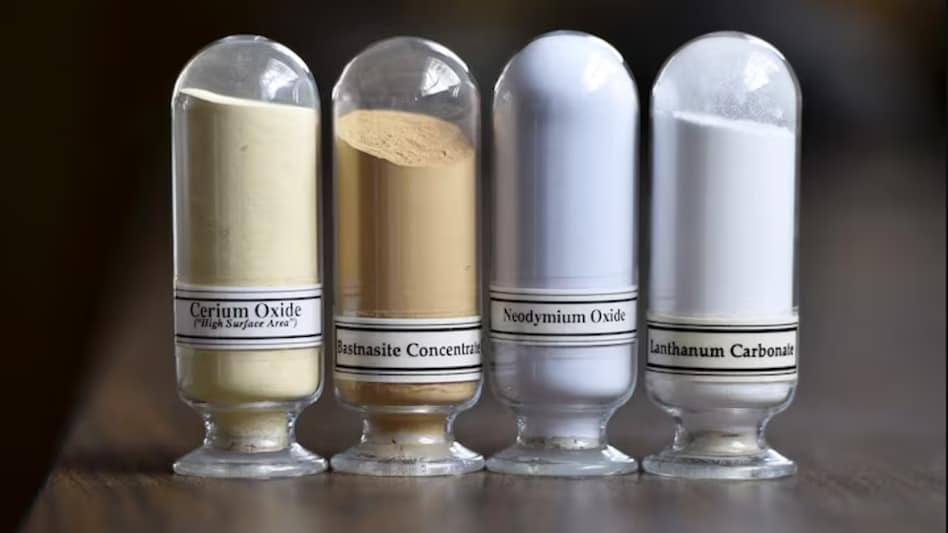 Trump tariffs: What are rare earths whose export China has restricted?
Trump tariffs: What are rare earths whose export China has restricted? Trump tariffs: What are rare earths whose export China has restricted?
Trump tariffs: What are rare earths whose export China has restricted?China, in a manoeuvre to get back at the US for their tariffs that it deems ‘bullying’, has put restrictions on the exports of rare earths. This has come after the US imposed 145 per cent tariffs on Chinese goods, and China imposed 125 per cent tariff on American goods, escalating the trade war among the two nations.
Meanwhile, the US is planning to stockpile deep-sea metals to counter China’s dominance in battery minerals and rare earths supply. The US, concerned about a probable conflict with China, where the Asian country might constrain imports of metals and rare earths, plans to stockpile deep-sea metals available on US territory. According to a report in Financial Times, stockpiling is being considered as part of a broader push to fast-track deep-sea mining applications.
WHAT ARE RARE EARTHS?
Rare earth elements are a set of nearly-indistinguishable soft heavy metals. These metals are used in a wide range of products including lasers, military equipment, electric vehicles, wind turbines, aircraft engines, medical equipment, oil refining, military applications, and consumer electronics.
Unlike the name, rare earths are not scarce but it takes a long time to isolate these elements. They are easily found but to obtain rare earths at usable purity necessitates processing of enormous amounts of the ore. They tend to be spread thin in small quantities and are usually mixed together or with other minerals.
Elements such as Scandium, Yttrium, Lanthanum, Cerium, Praseodymium, Neodymium, Promethium, Samarium, Europium, Gadolinium, Terbium, Dysprosium, Holmium, Erbium, Thulium, Ytterbium, Lutetium are clubbed under rare earths.
Lanthanum, used in camera lenses and lighting, and cerium, used in catalytic converters, are among the most common rare earth metals.
CHINA’S CLAMPDOWN ON RARE EARTHS
China accounts for 60 per cent of the global mine production and 90 per cent of the processed and permanent magnet output.
Leveraging its dominance, China has put seven rare earths on an export control list. While it is not an outright ban, it will enable China to scrutinise buyers as well as exclude defence supply chains, especially for the US military. This will also lead to a sharp spike in the market price of these elements.
China has asked exporters to apply to the Ministry of Commerce for licenses, which could make the process opaque and stretch it from 6-7 weeks to several months. If the freeze lasted longer than two months, the typical stockpiles would deplete. Moreover, it would be especially difficult for US clients to get export licences in the context of the trade war between the two superpowers.
(With Reuters inputs)